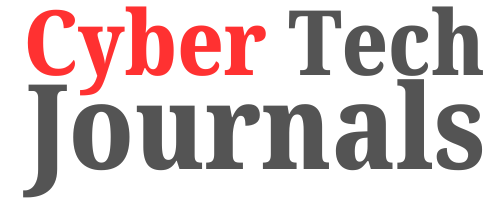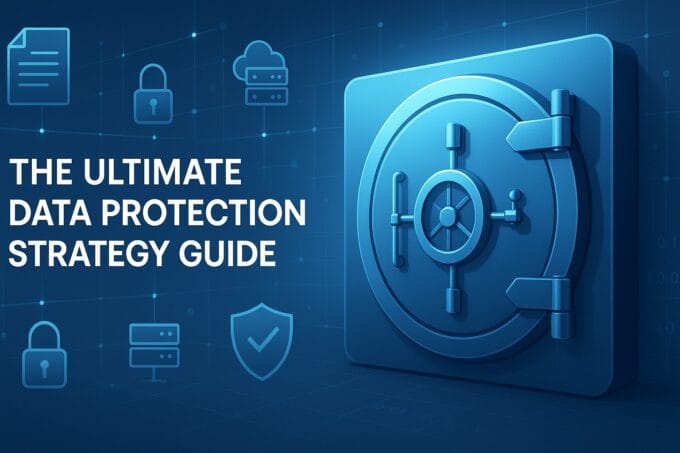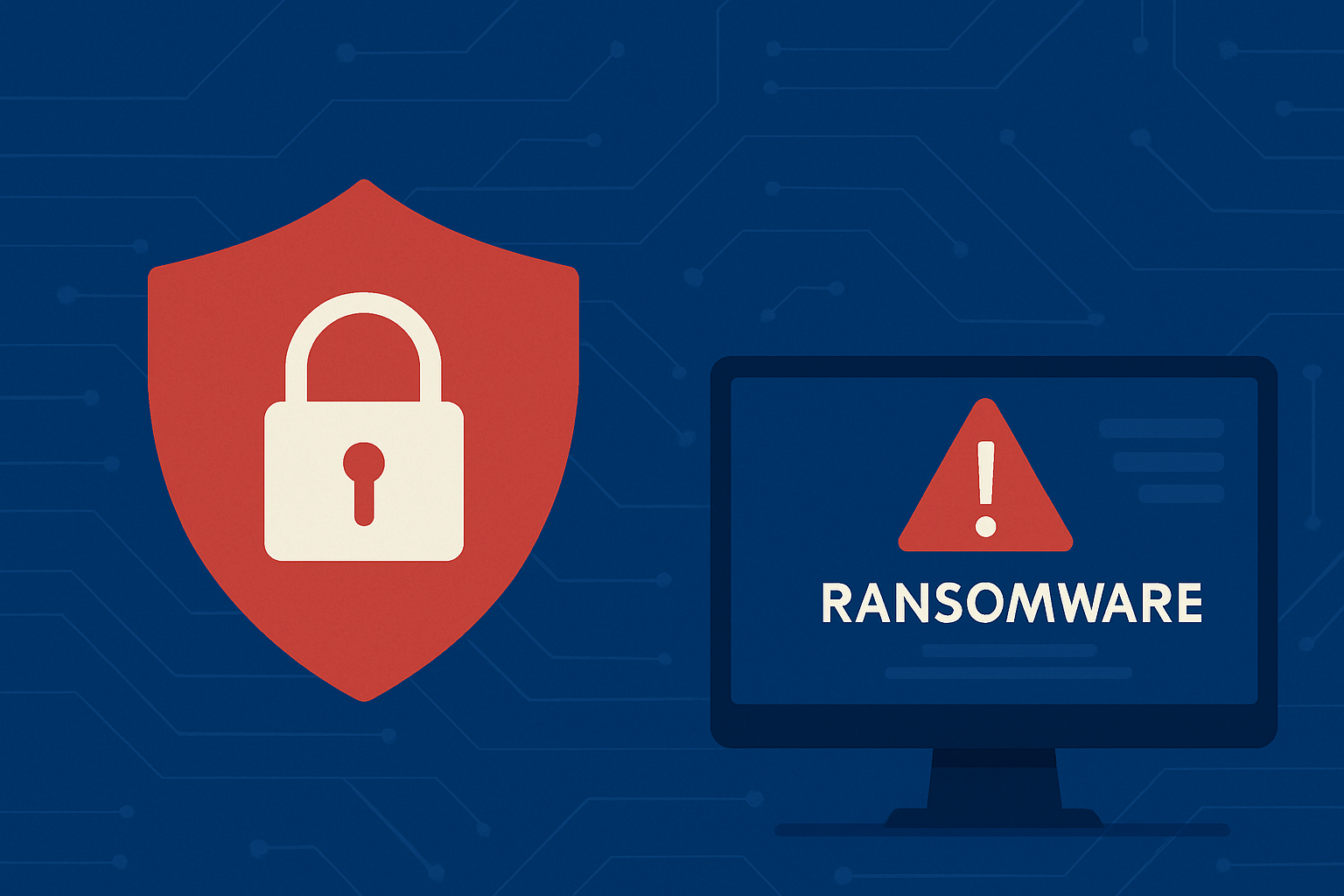A staggering 60% of data breaches in 2025 involved vulnerabilities for which patches were available but not applied! This alarming statistic from the Ponemon Institute highlights why vulnerability patch management has become one of the most critical cybersecurity practices in modern IT environments. As someone who has spent over a decade implementing security frameworks across various organizations, I can tell you that effective vulnerability patch management isn’t just about applying updates – it’s about creating a systematic approach that balances security, stability, and operational efficiency. Let’s dive deep into the comprehensive procedures of Vulnerability Patch Management and Hardening, which will transform your organization’s security posture.
Understanding Vulnerability Patch Management
Vulnerability patch management is the systematic process of identifying, prioritizing, testing, and deploying security patches across an organization’s IT infrastructure. This critical cybersecurity practice involves more than simply installing updates – it requires a comprehensive strategy that encompasses vulnerability assessment, risk analysis, change management, and continuous monitoring.
The foundation of effective vulnerability patch management lies in understanding the relationship between vulnerabilities, exploits, and business risk. Vulnerabilities are weaknesses in software, hardware, or configurations that could be exploited by malicious actors. Patches are code updates released by vendors to fix these vulnerabilities, but the challenge lies in determining which patches to prioritize and how to deploy them without disrupting business operations.
The Critical Role of Vulnerability Assessment
Modern IT environments are complex ecosystems containing thousands of assets, each potentially harboring multiple vulnerabilities. According to the National Institute of Standards and Technology (NIST), organizations typically face hundreds of new vulnerabilities monthly across their infrastructure. This volume makes it impossible to patch everything immediately, necessitating a risk-based approach to vulnerability patch management.
The process begins with comprehensive asset discovery and inventory management. Organizations must maintain accurate records of all hardware, software, and network components within their environment. This inventory forms the foundation for vulnerability scanning and assessment activities that identify potential security weaknesses.
Risk assessment plays a crucial role in vulnerability patch management by helping organizations prioritize remediation efforts. The Common Vulnerability Scoring System (CVSS) provides standardized metrics for evaluating vulnerability severity, but organizations must also consider factors such as asset criticality, threat landscape, and potential business impact when making patching decisions.
Establishing a Comprehensive Patch Management Framework
Phase 1: Discovery and Asset Inventory
The first phase of vulnerability patch management involves establishing a complete inventory of all IT assets within the organization. This inventory must include servers, workstations, mobile devices, network equipment, and cloud resources. Each asset should be cataloged with details about its operating system, installed software, patch levels, and business criticality.
Automated discovery tools can help maintain accurate asset inventories, but organizations must also implement processes for tracking new assets and decommissioning old ones. Configuration management databases (CMDBs) serve as centralized repositories for asset information and help ensure that nothing falls through the cracks during vulnerability patch management activities.
Asset classification based on business criticality enables organizations to prioritize patching efforts effectively. Mission-critical systems that directly impact business operations or contain sensitive data should receive priority attention during vulnerability patch management procedures.
Phase 2: Vulnerability Scanning and Assessment
Regular vulnerability scanning forms the backbone of effective vulnerability patch management programs. Organizations should implement both authenticated and unauthenticated scanning to identify vulnerabilities across their infrastructure. Authenticated scans provide deeper insights into system configurations and installed software, while unauthenticated scans simulate external attacker perspectives.
Scanning frequency depends on the organization’s risk tolerance and regulatory requirements. High-risk environments may require daily scanning, while lower-risk systems might be scanned weekly or monthly. The key is establishing consistent scanning schedules that align with the organization’s vulnerability patch management policy.
Vulnerability assessment goes beyond simple scanning to include threat intelligence integration and risk analysis. Organizations should leverage threat intelligence feeds to understand which vulnerabilities are being actively exploited in the wild and prioritize patching accordingly.
Phase 3: Risk Prioritization and Analysis
Not all vulnerabilities pose equal risk to an organization. Effective vulnerability patch management requires sophisticated prioritization mechanisms that consider multiple factors beyond simple CVSS scores. Organizations should evaluate vulnerability exploitability, asset criticality, threat landscape, and potential business impact when making patching decisions.
The Exploit Prediction Scoring System (EPSS) provides valuable insights into the likelihood of vulnerability exploitation, helping organizations focus their vulnerability patch management efforts on the most critical risks. This data-driven approach ensures that limited resources are allocated to address the most pressing security concerns.
Risk analysis should also consider the organization’s specific threat model and attack surface. A vulnerability that poses significant risk to one organization may be less critical to another based on their unique environment and threat profile.
System Hardening Integration
Security Configuration Management
System hardening works hand-in-hand with vulnerability patch management to create comprehensive security baselines. Hardening involves configuring systems to reduce their attack surface by disabling unnecessary services, implementing secure configurations, and applying security controls that complement patching efforts.
The Center for Internet Security (CIS) provides comprehensive hardening benchmarks for various operating systems and applications. These benchmarks offer step-by-step guidance for implementing security configurations that support vulnerability patch management initiatives.
Configuration management tools help maintain consistent security baselines across the organization’s infrastructure. These tools can automatically apply hardening configurations and detect deviations from approved baselines, ensuring that security improvements persist through system updates and changes.
Implementing Defense in Depth
Effective vulnerability patch management is most successful when implemented as part of a comprehensive defense-in-depth strategy. This approach recognizes that no single security control is perfect and implements multiple layers of protection to reduce overall risk.
Network segmentation helps limit the impact of unpatched vulnerabilities by containing potential breaches within isolated network segments. Micro-segmentation and zero-trust architectures further enhance security by requiring authentication and authorization for all network communications.
Endpoint detection and response (EDR) solutions provide real-time monitoring and threat detection capabilities that complement vulnerability patch management efforts. These tools can identify and respond to exploitation attempts even when patches haven’t been applied yet.
Patch Testing and Deployment Procedures
Establishing Test Environments
Proper testing is crucial for successful vulnerability patch management implementation. Organizations should maintain representative test environments that mirror production systems as closely as possible. These environments allow IT teams to validate patch compatibility, performance impact, and potential conflicts before deploying updates to production systems.
Test environments should include various operating systems, applications, and configurations present in the production environment. Automated testing frameworks can help streamline the testing process and ensure consistent evaluation of patch impacts across different system configurations.
Performance testing should evaluate how patches affect system performance, resource utilization, and application functionality. This testing helps identify potential issues before they impact business operations and ensures that vulnerability patch management activities don’t inadvertently degrade system performance.
Deployment Strategies and Rollback Procedures
Phased deployment approaches minimize risk during vulnerability patch management implementation. Organizations should deploy patches to small groups of systems initially, monitor for issues, and gradually expand deployment scope based on observed results.
Automated deployment tools can help standardize patch installation processes and reduce human error. These tools should support scheduling, rollback capabilities, and comprehensive logging to ensure that deployment activities are properly tracked and can be reversed if necessary.
Rollback procedures are essential components of vulnerability patch management programs. Organizations must be prepared to quickly reverse patch deployments if issues arise, and these procedures should be tested regularly to ensure they work effectively when needed.
Monitoring and Compliance Management
Continuous Monitoring Implementation
Effective vulnerability patch management requires continuous monitoring to ensure that patches are successfully applied and systems remain secure. Monitoring systems should track patch deployment status, identify failed installations, and alert administrators to potential issues.
Security information and event management (SIEM) systems can provide centralized visibility into vulnerability patch management activities across the organization. These systems correlate log data from various sources to provide comprehensive insights into security posture and patch status.
Compliance monitoring ensures that vulnerability patch management activities meet regulatory requirements and organizational policies. Automated compliance reporting can help demonstrate adherence to security frameworks and reduce the burden of manual compliance activities.
Metrics and Reporting
Key performance indicators (KPIs) help organizations measure the effectiveness of their vulnerability patch management programs. Important metrics include mean time to patch (MTTP), patch deployment success rates, vulnerability exposure time, and security posture improvement over time.
Executive reporting should provide high-level insights into vulnerability patch management effectiveness while technical reports offer detailed information for operational teams. Regular reporting helps identify trends, highlight areas for improvement, and demonstrate the value of vulnerability patch management investments.
Trend analysis helps organizations understand how their vulnerability patch management program is performing over time and identify opportunities for optimization. This analysis should consider factors such as vulnerability discovery rates, patch availability, and deployment success rates.
Advanced Patch Management Strategies
Automation and Orchestration
Modern vulnerability patch management programs increasingly rely on automation to handle the scale and complexity of contemporary IT environments. Automated patch management platforms can scan for vulnerabilities, download patches, test compatibility, and deploy updates with minimal human intervention.
Orchestration platforms integrate multiple security tools and processes to create streamlined vulnerability patch management workflows. These platforms can automatically trigger patch deployment based on predefined criteria, coordinate testing activities, and manage rollback procedures if issues arise.
Machine learning and artificial intelligence are beginning to play important roles in vulnerability patch management by helping organizations predict patch success rates, identify potential conflicts, and optimize deployment schedules based on historical data and system characteristics.
Cloud and Container Environments
Cloud environments present unique challenges for vulnerability patch management due to their dynamic nature and shared responsibility models. Organizations must understand their responsibilities versus cloud provider responsibilities and implement appropriate patch management procedures for each service model.
Container vulnerability management requires specialized approaches that consider the ephemeral nature of containers and the importance of securing base images. Organizations should implement image scanning, vulnerability assessment, and automated patching for containerized environments.
Infrastructure as Code (IaC) approaches can help maintain consistent security configurations across cloud environments and ensure that vulnerability patch management procedures are applied consistently during system provisioning and updates.
Regulatory Compliance and Standards
Framework Alignment
Vulnerability patch management programs must align with relevant regulatory requirements and industry standards. Common frameworks include NIST Cybersecurity Framework, ISO 27001, SOC 2, and industry-specific regulations such as HIPAA, PCI DSS, and GDPR.
The NIST Cybersecurity Framework provides comprehensive guidance for implementing vulnerability patch management as part of broader cybersecurity programs. Organizations should map their patch management activities to framework requirements and ensure that all necessary controls are implemented.
Compliance documentation should clearly demonstrate how vulnerability patch management procedures meet regulatory requirements. This documentation should include policies, procedures, evidence of implementation, and regular assessment results.
Audit Preparation and Documentation
Regular audits help ensure that vulnerability patch management programs remain effective and compliant with applicable requirements. Organizations should conduct internal audits to identify gaps and areas for improvement before external audits occur.
Documentation standards should define what information must be maintained for vulnerability patch management activities. This typically includes vulnerability assessments, patch testing results, deployment records, and exception approvals.
Evidence collection and retention policies ensure that organizations can demonstrate compliance during audits and investigations. Automated systems can help maintain comprehensive records of vulnerability patch management activities and reduce the burden of manual documentation.
Future Trends and Considerations
Emerging Technologies
Artificial intelligence and machine learning are transforming vulnerability patch management by enabling more sophisticated risk analysis, predictive patching, and automated decision-making. These technologies can help organizations optimize their patching strategies based on threat intelligence and historical data.
Zero-trust security architectures are changing how organizations approach vulnerability patch management by assuming that all systems are potentially compromised and requiring verification for all access attempts. This approach reduces the impact of unpatched vulnerabilities by limiting lateral movement and access.
Quantum computing may eventually impact vulnerability patch management by rendering current encryption methods obsolete and requiring new approaches to cryptographic security. Organizations should monitor developments in quantum computing and prepare for potential impacts on their security programs.
Evolving Threat Landscape
The threat landscape continues to evolve rapidly, with new attack vectors and exploitation techniques emerging regularly. Vulnerability patch management programs must adapt to address these evolving threats while maintaining operational efficiency.
Supply chain attacks are becoming increasingly common, highlighting the importance of third-party vulnerability management and software composition analysis. Organizations must extend their vulnerability patch management programs to include third-party components and dependencies.
Nation-state threats and advanced persistent threats (APTs) require sophisticated vulnerability patch management approaches that consider not just known vulnerabilities but also zero-day exploits and advanced attack techniques.
Final Thought
Effective vulnerability patch management is essential for maintaining strong cybersecurity posture in today’s threat landscape. By implementing comprehensive procedures that encompass vulnerability assessment, risk prioritization, testing, deployment, and monitoring, organizations can significantly reduce their exposure to cyber threats while maintaining operational efficiency.
The key to successful vulnerability patch management lies in balancing security requirements with business needs! Organizations must develop mature processes that can handle the scale and complexity of modern IT environments while ensuring that critical vulnerabilities are addressed promptly. This requires investment in appropriate tools, skilled personnel, and executive support for security initiatives.
Remember that vulnerability patch management is not a one-time activity but an ongoing process that requires continuous improvement and adaptation. As threats evolve and technology advances, organizations must regularly assess and update their vulnerability patch management programs to ensure they remain effective. The investment in comprehensive vulnerability patch management procedures pays dividends through reduced security incidents, improved compliance posture, and enhanced business resilience.

















Leave a comment